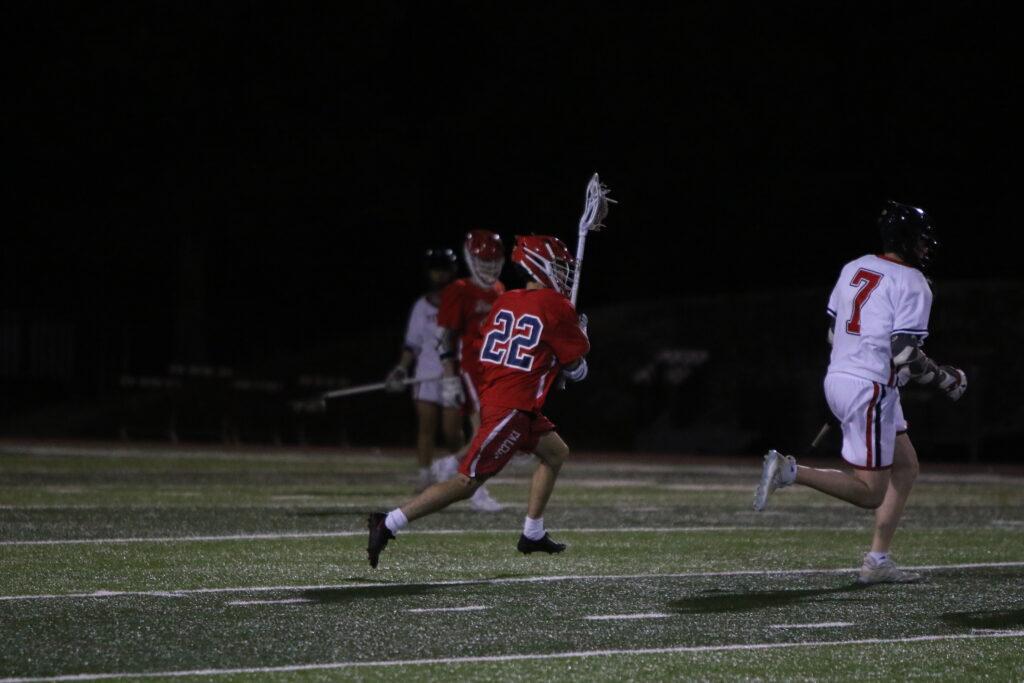Recruitment: the goal of all high school athletes who aspire to compete at the college level. As fall draws to a close, students from all over the country begin to choose their desired colleges. Beginning Nov. 10, athletes could sign their National Letters of Intent to Division I and Division II schools, committing to participate on the school’s team next fall.
The recruiting process can be difficult, but “great test scores and a great work ethic” can differentiate a good athlete from an outstanding one, said former Stanford and NFL player Julian Jenkins at an Oct. 6 speech to prospective college athletes of Yosemite High School in Oakhurst, Calif, according to the Sierra Star.
Jenkins recalled visiting 25 colleges during his high school senior year. He only started receiving scholarships from universities like Stanford after placing on scout.com’s list of the top 50 football players in his home state Georgia.
Jenkins’ best advice is to start early. A high school athlete should make a video that highlights athletic skills and ability. These videos can be e-mailed to coaches and programs or streamed online. Such a video can serve as a primary evaluation that advertises the student’s potential.
Senior Lauren Gardanier, who was recently committed to Yale University for diving, made a video of her main talents and accomplishments in the sport last spring. She then sent it out to about 20 colleges before she was accepted to Yale. If Yale had not recruited her, she would have applied to about 15 more schools.
Ultimately, each athlete is responsible for making sure that college coaches know about him or her. Sites like berecruited.com and scout.com allow students to create profiles with statistics and information that recruiters can use to make selections.
“You can’t sit and wait to be discovered because top-line athletes get scholarships that way,” said recruit-me.com founder John Fugler.
The National Collegiate Athletic Association (NCAA) places many limits on contacts between coaches and prospective players throughout the students’ high school careers to make the recruiting process fair. During sophomore year, the athlete can call coaches, but the coaches cannot return any messages. By July 1 after junior year, coaches can call up to once a week but cannot contact or evaluate the student more than seven times for Division I schools.
Fewer than 1 percent of high school athletes receive Division I full-ride scholarships, Jenkins said. He suggested students contact many athletic programs and remain realistic about prospective colleges.
The NCAA allows 85 scholarships per school for Division I football, meaning about 2,200 out of a million high school seniors, 2.2 percent, receive the financial aid. Recently in these harder economic times, colleges have cut down on their athletic scholarships, creating more competition.
Having support during the recruitment process is crucial.
“You need to continue to become better, and that takes hard work under the direction and help of a coach or instructor,” said Fugler. High school coaches or private ones can provide advice on where an athlete’s abilities stand. Parents are urged to step in to offer encouragement as well.
The recruitment process can be stressful, but in the long run, the end results are rewarding.
For Gardanier, the most stressful aspect was after she sent her application to Yale. “It was a whole bunch of waiting and hoping that they liked [me]. But everything turned out well, and it was worth it.”


























